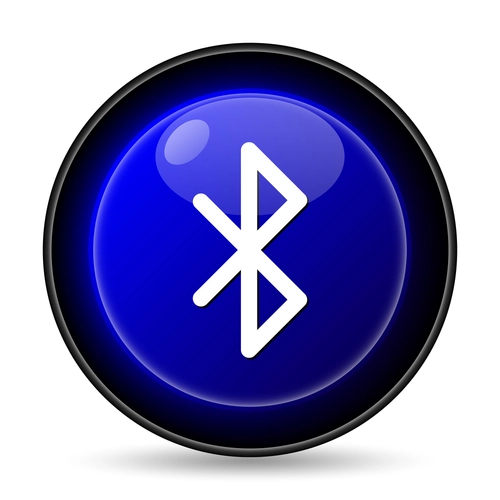Capture Pay for Sedation by Surgeon
Bill service as stand-alone code, or with other procedure code. You just read in the preceding article that CPT® 2017 surgical codes no longer include moderate (conscious) sedation. That means you’ll need to know how to bill for the service if your surgeon performs the work. Read on to get the update on CPT® 2017 moderate sedation codes, and how to use the revisions to get all the pay you deserve. Learn Deleted, New Codes CPT® 2017 deletes moderate sedation codes 99143-99150, and replaces them with new codes 99151-99157. Meet new codes: The first three new codes in the range describe moderate sedation that your surgeon performs in support of his own procedure, while the second three codes describe moderate sedation that your surgeon performs for a procedure performed by someone else. For each set of three codes, the first describes the initial 15 minutes for a patient younger than 5 years, while the second code describes the initial 15 minutes for a patient aged 5 or older. The third code is an add-on code for additional 15-minute service intervals. Don’t miss: The intra-service time thresholds for moderate sedation have dropped from 30 minutes under the deleted 2016 codes, to 15 minutes under the new 2017 codes. Use G0500 with endoscopy: If your surgeon performs both a gastrointestinal endoscopy procedure and the moderate sedation for a Medicare patient aged 5 years or older, you should not use new CPT® code 99152 (Moderate sedation services provided by the same physician or other qualified health care professional performing the diagnostic or therapeutic service that the sedation supports, requiring the presence of an independent trained observer to assist in the monitoring of the patient’s level of consciousness and physiological status; initial 15 minutes of intraservice time, patient age 5 years or older) for the conscious sedation, according to Marcella Bucknam, CPC, CPC-I, CCS-P, CPC-H, CCS, CPC-P, COBGC, CCC, internal audit manager with PeaceHealth in Vancouver, Wash. Instead, you should report G0500 (Moderate sedation services provided by the same physician or other qualified health care professional performing a gastrointestinal endoscopic service that sedation supports, requiring the presence of an independent trained observer to assist in the monitoring of the patient’s level of consciousness and physiological status; initial 15 minutes of intra-service time; patient age 5 years or older [additional time may be reported with 99153, as appropriate]). Understand Intra-service Time CPT® instructs that for any time-based code, a unit of time is attained when the midpoint is passed, unless there are code- or code range- specific instructions to the contrary in the guidelines, parenthetical instructions, or code descriptors. In a new section-instruction chart, CPT® 2017 tells you not to report a moderate sedation code if the intra-service time is less than 10 minutes — which overrides the standard “midpoint” time of 8 minutes for a 15 minute code. This is an important point that physician’s and coders need to understand, says Michael Granovsky, MD, FACEP, CPC, President of LogixHealth, a national coding and billing company based in Bedford, MA. Also new in the 2017 moderate sedation preamble are extensive descriptions of what the pre-, intra-, and post-service work periods include. You must follow these instructions if you want to choose the correct code — because only intra-service time counts towards the moderate sedation codes. You should not include the following pre-service work components when determining intra-service time: Similarly, you should not include the following post-service work components when determining intra-service times: So what can you count as intra-service time for the moderate sedation codes? “Intra-service time begins with the administration of the sedating agent. It requires continuous face-to-face attention of the provider, and monitoring of the patient’s response to the sedation, periodic reassessments, and vital signs including oxygenation, heart rate, and blood pressure. The moderate sedation intraservice time ends when the procedure is completed, the patient is stable, and the provider performing the sedation ends personal face-to-face care of the patient,” Granovsky says.




